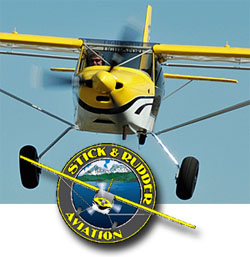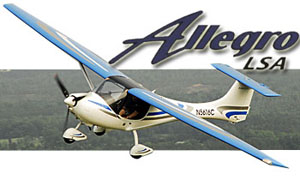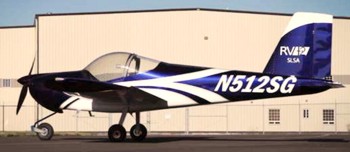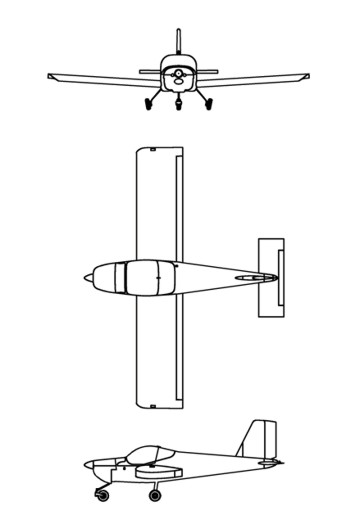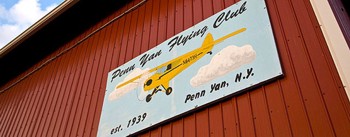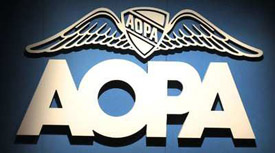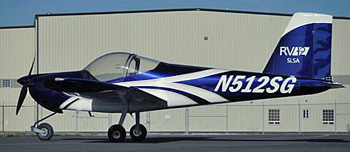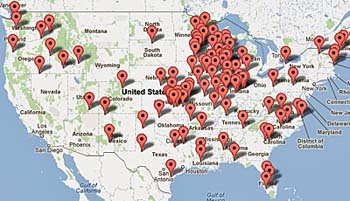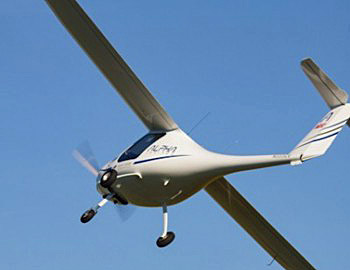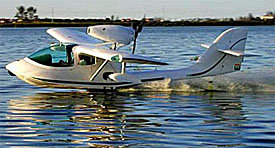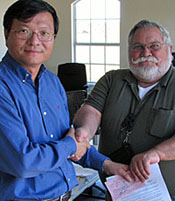 Consider this an entry to the “They-said-it-couldn’t-be-done” department. As regular readers know, FAA has been conducting audits with LSA producers… tough, top-to-bottom reviews of every detail in the voluminous ASTM standard set. Last April another company had no less than six FAA personnel in their building for three full days, each armed with a laptop and literally hundreds of questions. Passing one of these grueling tests is a fairly major accomplishment. Then consider FAA amped up the task by saying any new model or first LSA from a new company would probably get one of these thorough inspections before they could enter the market. Progressive Aerodyne hosted such an FAA team to examine their first SLSA candidate and — surprise! — they came out with a certificate. No followup is needed.
So the heartiest of congratulations go to Progressive Aerodyne and their SeaRey. Yesterday they were issued their airworthiness certificate after a visit from five FAA personnel from both Washington, DC and the local Orlando, Florida MIDO (Manufacturing Inspection District Office).
Consider this an entry to the “They-said-it-couldn’t-be-done” department. As regular readers know, FAA has been conducting audits with LSA producers… tough, top-to-bottom reviews of every detail in the voluminous ASTM standard set. Last April another company had no less than six FAA personnel in their building for three full days, each armed with a laptop and literally hundreds of questions. Passing one of these grueling tests is a fairly major accomplishment. Then consider FAA amped up the task by saying any new model or first LSA from a new company would probably get one of these thorough inspections before they could enter the market. Progressive Aerodyne hosted such an FAA team to examine their first SLSA candidate and — surprise! — they came out with a certificate. No followup is needed.
So the heartiest of congratulations go to Progressive Aerodyne and their SeaRey. Yesterday they were issued their airworthiness certificate after a visit from five FAA personnel from both Washington, DC and the local Orlando, Florida MIDO (Manufacturing Inspection District Office).SeaRey Passes FAA Audit, Becomes SLSA #129

Adam Yang receives an airworthiness certificate from Orlando MIDO’s Al Kimble.
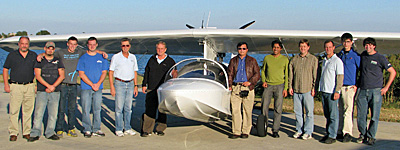
Progressive Aerodyne’s certification team celebrates winning SLSA certificate #129. Designer Kerry Ritcher stands to the left and company owner Adam Yang to the right of the SeaRey. General Manager Joe Friend is to the left of Kerry and Consultant Abid Farooqui is in the green shirt. (Also see update)

Many thick three-ring binders holding hundreds of documents are reviewed with FAA audit personnel.

CEO Adam Yang (dark glasses) and President Kerry Ricther take 982 Sierra Romeo for its maiden SLSA flight.
Consider this an entry to the “They-said-it-couldn’t-be-done” department. As regular readers know, FAA has been conducting audits with LSA producers… tough, top-to-bottom reviews of every detail in the voluminous ASTM standard set. Last April another company had no less than six FAA personnel in their building for three full days, each armed with a laptop and literally hundreds of questions. Passing one of these grueling tests is a fairly major accomplishment. Then consider FAA amped up the task by saying any new model or first LSA from a new company would probably get one of these thorough inspections before they could enter the market. Progressive Aerodyne hosted such an FAA team to examine their first SLSA candidate and — surprise! — they came out with a certificate. No followup is needed.
So the heartiest of congratulations go to Progressive Aerodyne and their SeaRey. Yesterday they were issued their airworthiness certificate after a visit from five FAA personnel from both Washington, DC and the local Orlando, Florida MIDO (Manufacturing Inspection District Office). After working with another consulting company for more than a year, Progressive Aerodyne CEO Adam Yang switched gears and hired Abid Farooqui of SilverLight Aviation. In four and a half months SilverLight’s staff worked with the Progressive Aerodyne certification team (see update) to complete the job on what was by any measure a very demanding schedule. The independent engineering company coordinated closely with Progressive Aerodyne’s staff lead by SeaRey designer, company president, and co-founder, Kerry Richter.
“[We] will start production of the compliant airplane immediately to meet the long expected market desire,” said Yang. [After] selling the same model kit of the two-place amphibian airplane for the past twenty years [our team] has been working diligently for a few years to meet relevant ASTM standards and FAA regulations.” He added that the internal group and its consultant strictly followed the ASTM standards and FAA regulations in achieving this “first-article” certificate with only minor findings that were corrected quickly resulting in the MIDO office issuing the coveted pink card.
With the arrival of SLSA #129, Progressive Aerodyne has proven that even with intensely watchful oversight from FAA officials, it remains possible for the Light-Sport Aircraft industry to maintain the blistering pace of new model development. The Tavares, Florida company headquartered appropriately on a lake will now make the transition from building the side-by-side seaplane kit to adding fully manufactured aircraft. This is no small task as the business model for kit assembly and builder support is radically different from constructing ready-to-fly airplanes to a series of internationally-recognized standards.
SeaRey is a popular seaplane with 600 kits sold and more than 500 flying. Owners make a loyal and tight group dedicated to their flying machines. The aircraft features a roomy cockpit with sliding canopy and full dual controls. It is powered by the Rotax 912 ULS and offers retractable gear in keeping with Light-Sport Aircraft rules for amphibians. You can read our full-length pilot report on the kit version.
Update 11/9/12 — Given their accomplishment, it’s worthy to list additional members of the Progressive Aerodyne certification team: Alan Chandler (prototype builder and assembly manual author); Stan Proctor (quality assurance); John Bernard (electrical systems); Bryce Richter (machinist); Dan Saunders (SilverLight engineer); Stacey Farooqui (SilverLight documentation manager)
 Consider this an entry to the “They-said-it-couldn’t-be-done” department. As regular readers know, FAA has been conducting audits with LSA producers… tough, top-to-bottom reviews of every detail in the voluminous ASTM standard set. Last April another company had no less than six FAA personnel in their building for three full days, each armed with a laptop and literally hundreds of questions. Passing one of these grueling tests is a fairly major accomplishment. Then consider FAA amped up the task by saying any new model or first LSA from a new company would probably get one of these thorough inspections before they could enter the market. Progressive Aerodyne hosted such an FAA team to examine their first SLSA candidate and — surprise! — they came out with a certificate. No followup is needed.
So the heartiest of congratulations go to Progressive Aerodyne and their SeaRey. Yesterday they were issued their airworthiness certificate after a visit from five FAA personnel from both Washington, DC and the local Orlando, Florida MIDO (Manufacturing Inspection District Office).
Consider this an entry to the “They-said-it-couldn’t-be-done” department. As regular readers know, FAA has been conducting audits with LSA producers… tough, top-to-bottom reviews of every detail in the voluminous ASTM standard set. Last April another company had no less than six FAA personnel in their building for three full days, each armed with a laptop and literally hundreds of questions. Passing one of these grueling tests is a fairly major accomplishment. Then consider FAA amped up the task by saying any new model or first LSA from a new company would probably get one of these thorough inspections before they could enter the market. Progressive Aerodyne hosted such an FAA team to examine their first SLSA candidate and — surprise! — they came out with a certificate. No followup is needed.
So the heartiest of congratulations go to Progressive Aerodyne and their SeaRey. Yesterday they were issued their airworthiness certificate after a visit from five FAA personnel from both Washington, DC and the local Orlando, Florida MIDO (Manufacturing Inspection District Office).

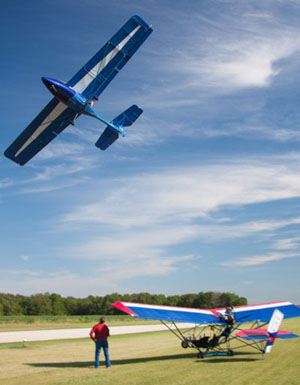




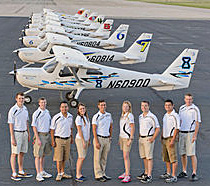






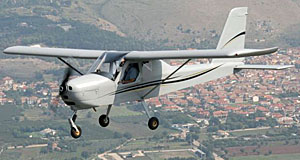

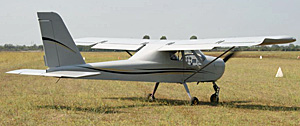
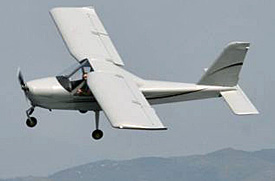







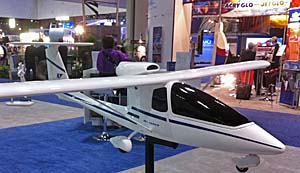 Strolling around 1,073 exhibitors at the National Business Aircraft Association’s show in the Orlando Convention Center is something like walking on another planet, at least for a recreational / Light-Sport Aircraft enthusiast. The displays, while not as lavish as in years past, are elaborate and expensive; several were two-story-high affairs with lunch being served to jet buyers on the upper deck.
Strolling around 1,073 exhibitors at the National Business Aircraft Association’s show in the Orlando Convention Center is something like walking on another planet, at least for a recreational / Light-Sport Aircraft enthusiast. The displays, while not as lavish as in years past, are elaborate and expensive; several were two-story-high affairs with lunch being served to jet buyers on the upper deck.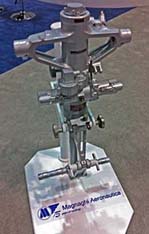 The one and only LSA I saw was the Sky Arrow, now from Magnaghi Aeronautica, and that Sky Arrow was just a model on a stand. Yet they showed this charm and simplicity clustered among complex displays of the landing gear legs they make for the airline industry. That a major aerospace supplier like Magnaghi is pursuing Light-Sport Aircraft speaks to the enduring quality of our enjoyment of flight. I visited only briefly with new Magnaghi friends but it’s always pleasant to see familiar faces.
The one and only LSA I saw was the Sky Arrow, now from Magnaghi Aeronautica, and that Sky Arrow was just a model on a stand. Yet they showed this charm and simplicity clustered among complex displays of the landing gear legs they make for the airline industry. That a major aerospace supplier like Magnaghi is pursuing Light-Sport Aircraft speaks to the enduring quality of our enjoyment of flight. I visited only briefly with new Magnaghi friends but it’s always pleasant to see familiar faces.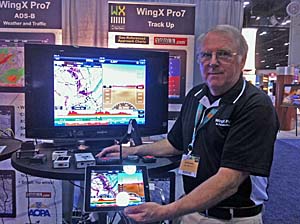 A dozen rows over — I found myself wishing I had a Segway to get around this enormous hall stuffed with more exhibitors than even AirVenture draws — I stumbled across a friend and fellow ultralighter, Jim Sweeney. These days, Jim is employed full time by the
A dozen rows over — I found myself wishing I had a Segway to get around this enormous hall stuffed with more exhibitors than even AirVenture draws — I stumbled across a friend and fellow ultralighter, Jim Sweeney. These days, Jim is employed full time by the 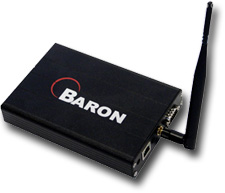 My main reason to attend NBAA #65 was to visit the folks at what most LSAers think of as “XM Weather.” I got educated. XM is merely the delivery mechanism (a good one, but only the conduit) and it is the company that bills you for your in-flight weather… so it’s the brand we all know. The source for that valuable info is a company called
My main reason to attend NBAA #65 was to visit the folks at what most LSAers think of as “XM Weather.” I got educated. XM is merely the delivery mechanism (a good one, but only the conduit) and it is the company that bills you for your in-flight weather… so it’s the brand we all know. The source for that valuable info is a company called 
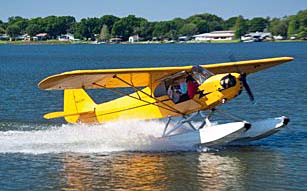







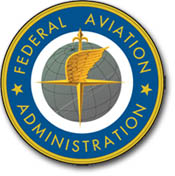

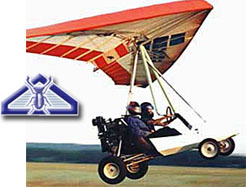
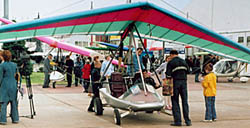
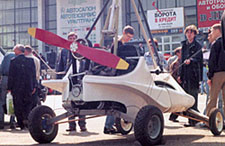


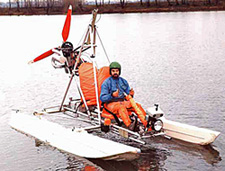

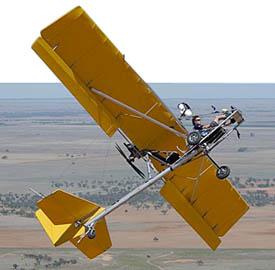 A most remarkable thing happened recently. No, I don’t mean the sudden resignation of EAA president Rod Hightower. I refer to a recent (September 27, 2012) approval of a brand new Special LSA. Why is that noteworthy, especially as it is #128 on our
A most remarkable thing happened recently. No, I don’t mean the sudden resignation of EAA president Rod Hightower. I refer to a recent (September 27, 2012) approval of a brand new Special LSA. Why is that noteworthy, especially as it is #128 on our 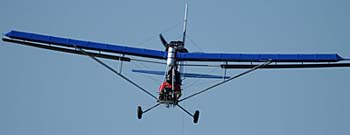 Nonetheless, Ed Pitman of
Nonetheless, Ed Pitman of 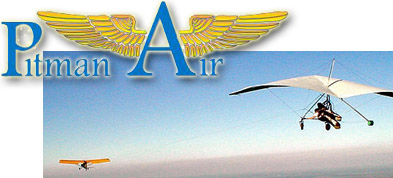 “I worked on this for 22 months to make it happen,” explained Ed. “I went to Australia [where the design is now owned] for a month in March this year to insure they had their paperwork and processes in order. I advised Bill Moyes in the beginning that because of the bilateral agreement between U.S. and Australia he could run everything from Sydney, but he chose to have me represent America for the Dragonfly.” Thus, Pitman Air is the official manufacturer of the Dragonfly SLSA and ELSA Kits. Americans can still buy Experimental Amateur Built kits directly from Australia but they cannot tow hang gliders or teach in these machines. According to FAR 91.327 the SLSA models can be used for “Compensation or Hire” for both aero towing and flight training. However, Ed reports he is working to obtain a waiver from
“I worked on this for 22 months to make it happen,” explained Ed. “I went to Australia [where the design is now owned] for a month in March this year to insure they had their paperwork and processes in order. I advised Bill Moyes in the beginning that because of the bilateral agreement between U.S. and Australia he could run everything from Sydney, but he chose to have me represent America for the Dragonfly.” Thus, Pitman Air is the official manufacturer of the Dragonfly SLSA and ELSA Kits. Americans can still buy Experimental Amateur Built kits directly from Australia but they cannot tow hang gliders or teach in these machines. According to FAR 91.327 the SLSA models can be used for “Compensation or Hire” for both aero towing and flight training. However, Ed reports he is working to obtain a waiver from 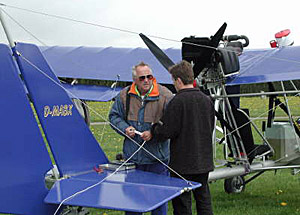 Presently Pitman Air offers the 65-hp Rotax 582-powered Dragonfly but Ed reported that
Presently Pitman Air offers the 65-hp Rotax 582-powered Dragonfly but Ed reported that 
